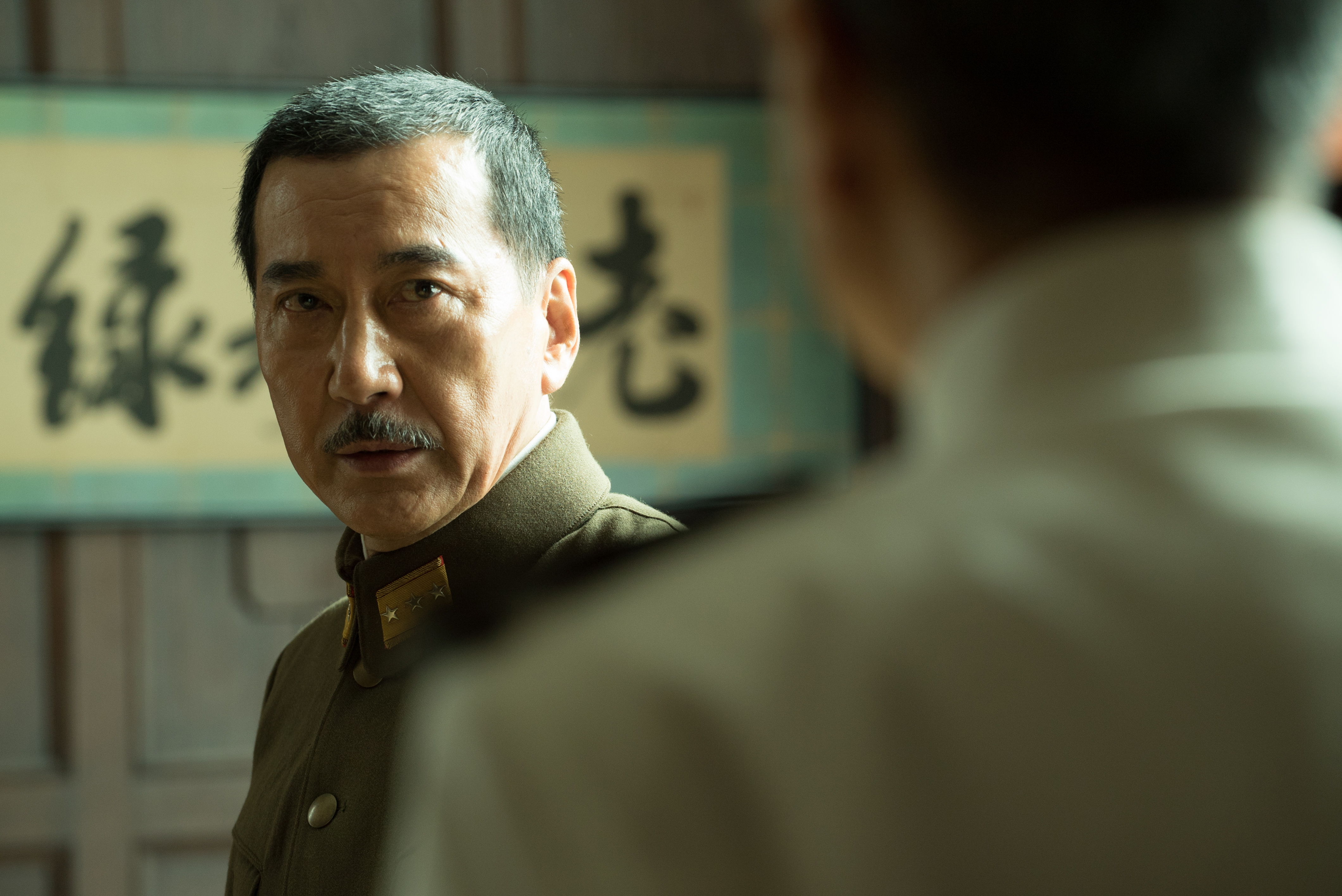Emperor Hirohito, who is posthumously known as Emperor Showa, had a procession of public images during his long reign from 1926 to 1989 — though none were quite accurate.
There was the pre-1945 Emperor — stern and remote on his white horse — who was viewed as a living god by the Japanese masses and leader of the Japanese war machine by his enemies abroad. After World War II, Emperor Showa transformed into the constitutional symbol of a new, more democratic Japan, who attended faithfully to his endless ceremonial duties while diligently studying marine biology. In his later years, especially to younger Japanese with no experience of the war, he became an eccentric grandfather figure enjoying himself at Disneyland and waving to the crowds at New Year's celebrations.
Masato Harada's "Nihon no Ichiban Nagai Hi" ("The Emperor in August"), released almost a week before the 70th anniversary of the end of the war, presents an entirely different image of Emperor Showa based on the writings of historian Kazutoshi Hando and Harada's own research. In the desperate days of August 1945, this Emperor (Masahiro Motoki) plays a key role in bringing the war to an end, even as young military hotheads mount a coup to thwart his Aug. 15 surrender announcement and fight the American invaders on home soil.


















With your current subscription plan you can comment on stories. However, before writing your first comment, please create a display name in the Profile section of your subscriber account page.